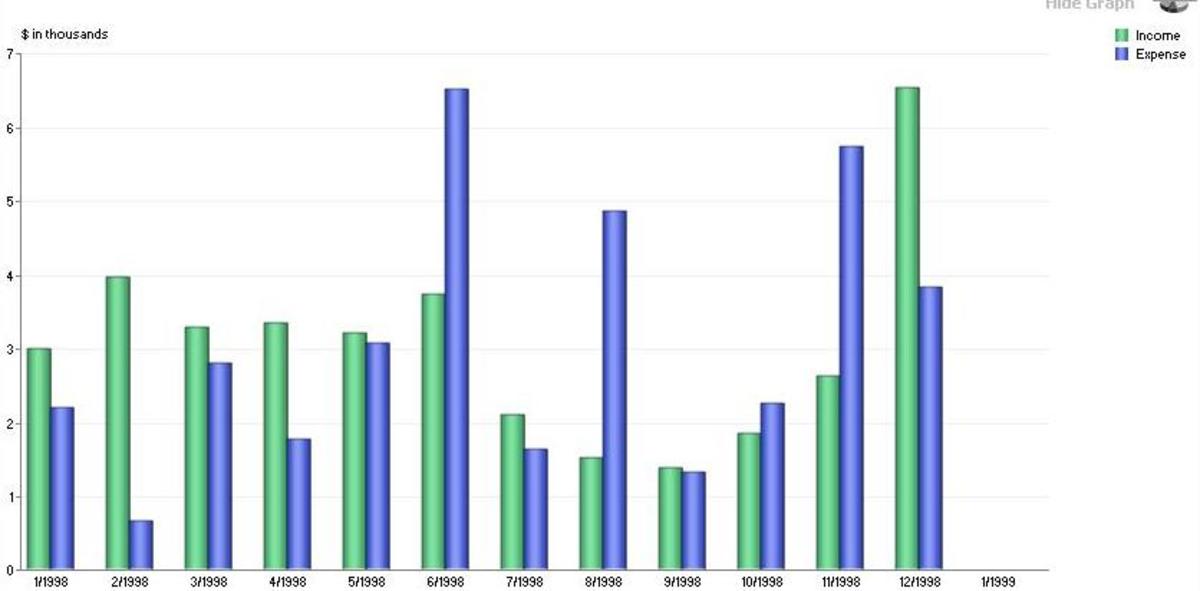Exploring Fiscal Space and Government Debt
Read this blog by moneyandbanking.com about government policies and government debt. The blog discusses about the recent fiscal developments of developed countries and explores the sustainability of the debt incurred.
The author does a comparison of projected general government primary balance (as a percent of GDP) and gross government debt (as a percent of GDP) between October 2019 and April 2020 for this year. As one would expect, the primary balances have decreased while gross debt has increased for the countries the author has compared. The government is able to issue public debt to a certain threshold. Exceeding the limit results in defaulting or partial default through inflation if the debt is in domestic currency. However, this limit – is unknown. The author cites the example where Japan’s gross debt is well above 200 percent but the bond yield (interest rate government pays to borrow money) remains under one percent. Meanwhile Argentina defaulted in 2001, despite having gross debt under 50% of its GDP. Hence, the author comes to a conclusion that investors are not worried about default risk as long-term bond yields for countries are still low.
For sustainability, the primary balance must be equal to or greater than the debt multiplied by the difference between interest rate the government has to pay and rate of growth. This is because this difference is the premium risk on the outstanding debt. The author has a formula to calculate if the debt is manageable or not and I decided to do it for Singapore since his data does not include Singapore.
Singapore’s (r-g) is around 3% - 2019 nominal GDP growth being -1.933% (g) while interest for the yield being 1.36%, debt to GDP ratio was 126% last year, an all time high. Singapore’s primary balance increased by 3.84% last year. So, we are in a safe area with an excess of 0.84% in primary surplus… Anyways, we have been consistently in primary surplus since 2010 and the change being consistently above 3.5% except for 2015 where it was 2.86%. Singapore reserves as of 2018 was also around 300 billion USD.
I feel that we do have enough space to maneuver around and minimize the short-term economic damages caused by COVID and its great to see that the government has spent around 93 billion SGD in fiscal measures. Some might say spending so much money will impact our long-term growth or even stunt it. However, by not minimizing the economic damages now, long-term growth will be even more difficult. Its also good to see that the government has been spending the money in the right way of supporting employment instead of handing out paychecks anyhow. The latest Fortitude budget released on 26 May 2020 was all about saving jobs and supporting the impact on the labour market and the bulk of money is spent here – more than 72 billion dollars, where 52 billion is drawn from past reserves.
It appears that with the current information available the government has done what is possible to save the economical impacts of COVID in the short-term period. Recovering from this is going to take some time as we have to cover and build up reserves again in the event of another crisis. Policies for that were already underway before such as the much-hated GST increment to 9% from 7%. Initially, it was expected to roll out this year or next year but judging by the recent difficult times, they stated that it will most likely be postponed but will increase by 2025. However, the people might not like this as they may feel it is too soon if they implement in the next 5 years.
As for me, I feel it is necessary as it will help greatly with our recovery. Once there has been sufficient recovery, increasing the GST rates might hinder short term growth for that quarter but will result in recovery being in an exponential rate as more revenue is generated. One thing the government has to think about will be on how to stimulate consumption upon increasing the interest rate and my guess would be probably giving out more payouts or even vouchers.
In conclusion, reading this blog today made me understand the importance on a government being able to manage its debt so that it will not default and this is important for investors to not lose confidence in the governing body and this is important because they will be able to finance post crisis back to full employment. Having a debt seems to be a norm as long as it is manageable and sustainable but there is no denying that too much debt is a ticking time bomb ready to go off...

This content is accurate and true to the best of the author’s knowledge and is not meant to substitute for formal and individualized advice from a qualified professional.






